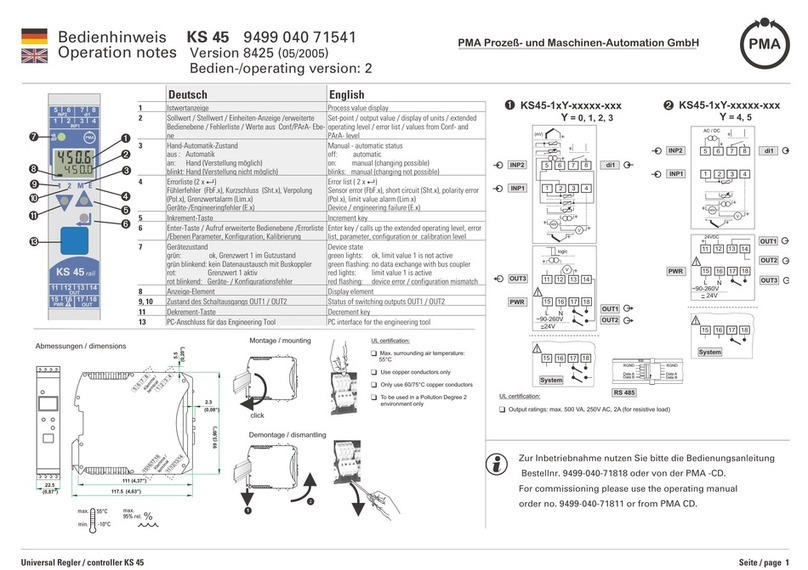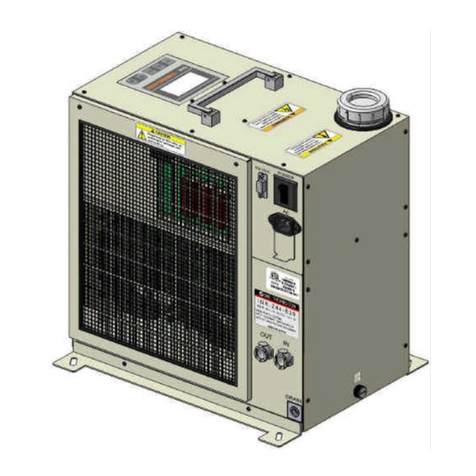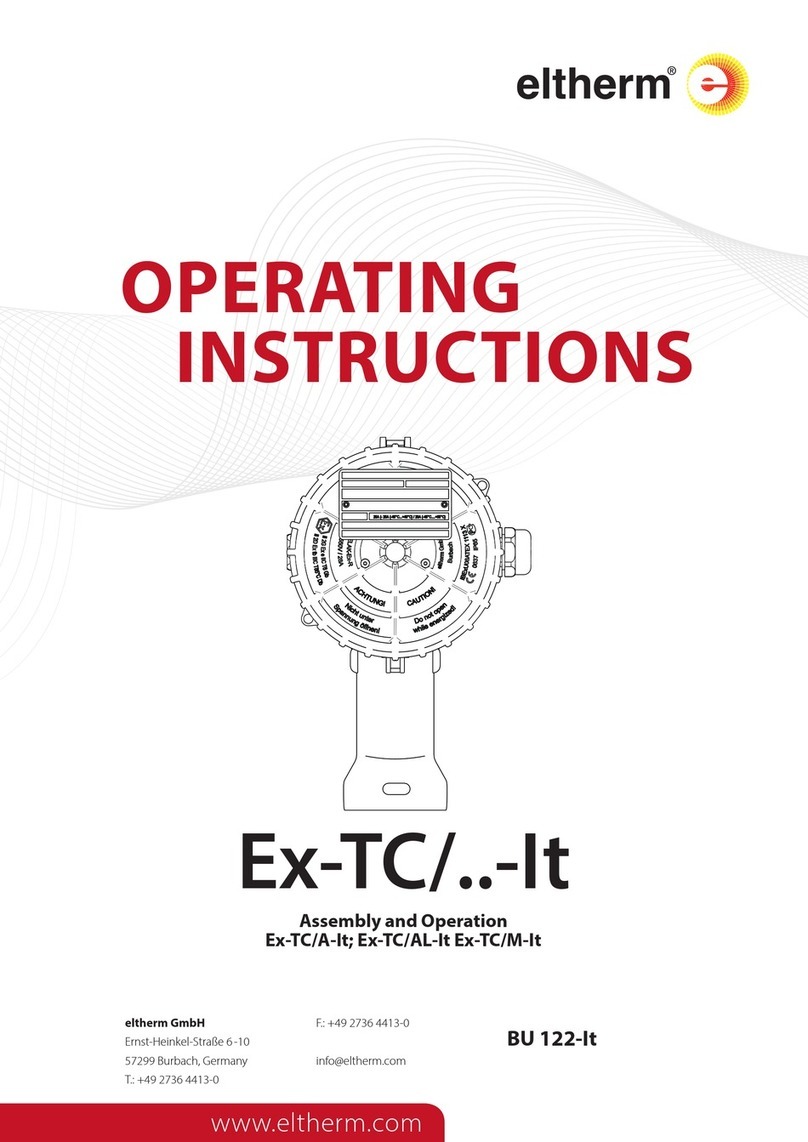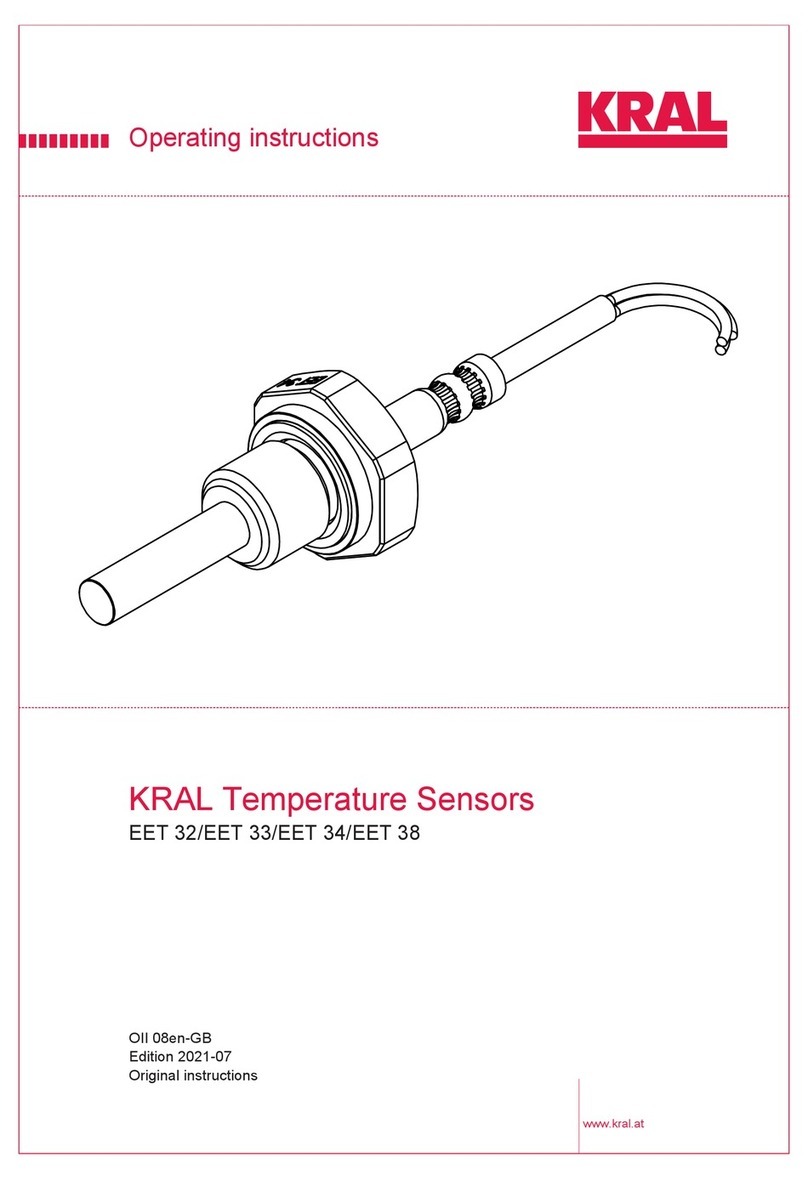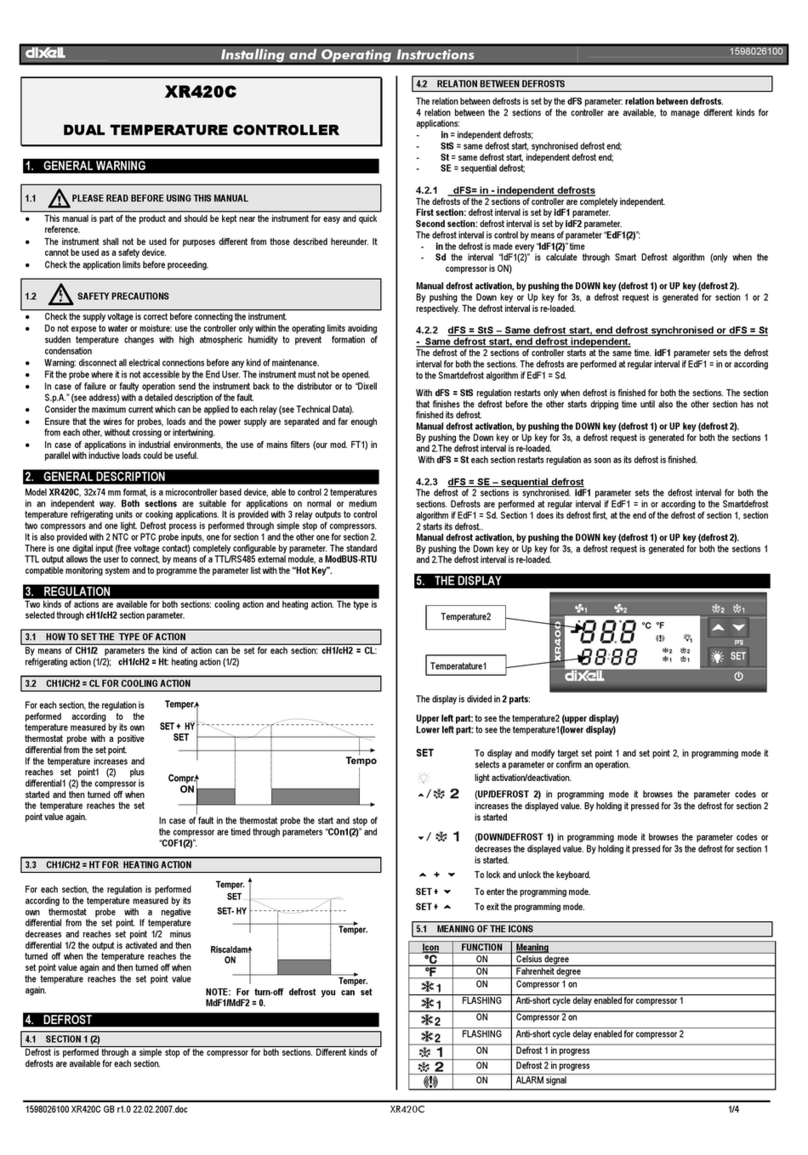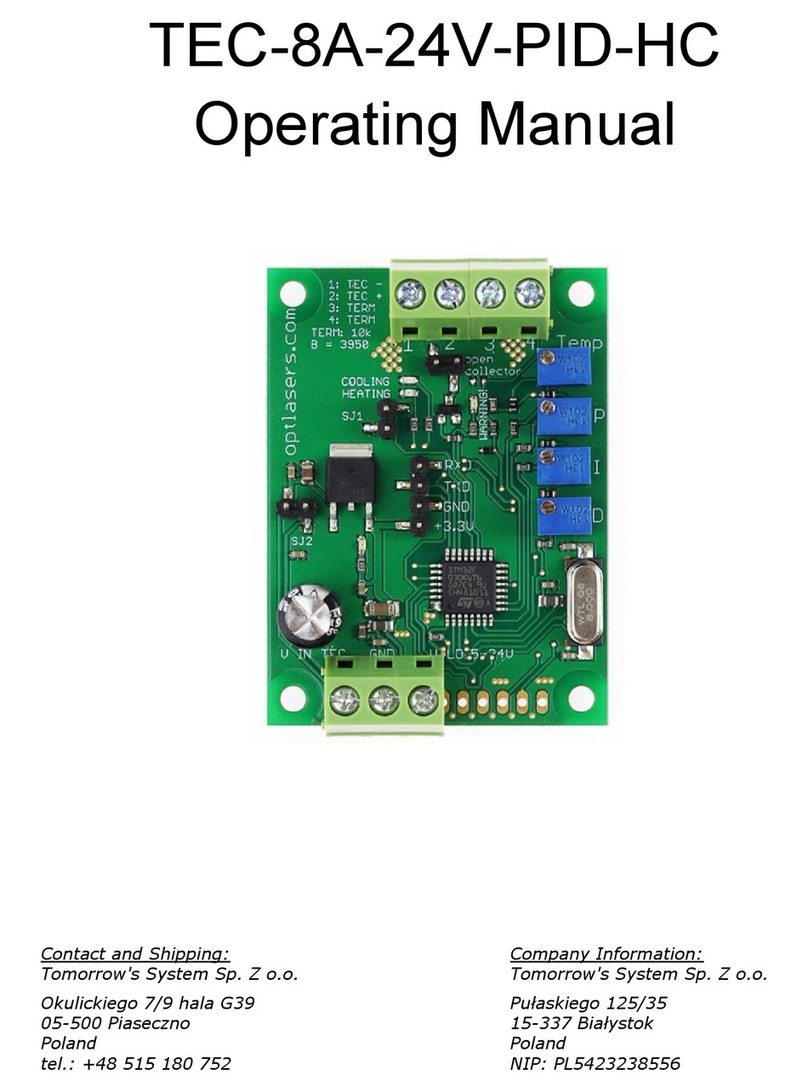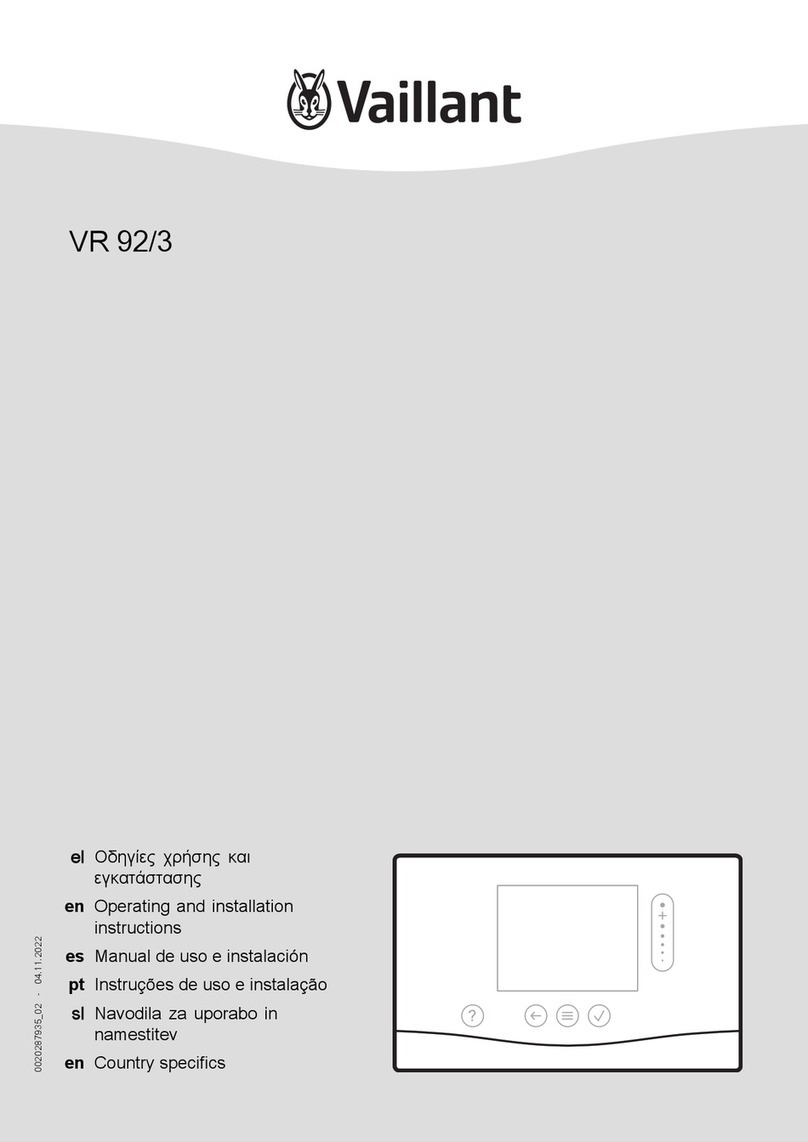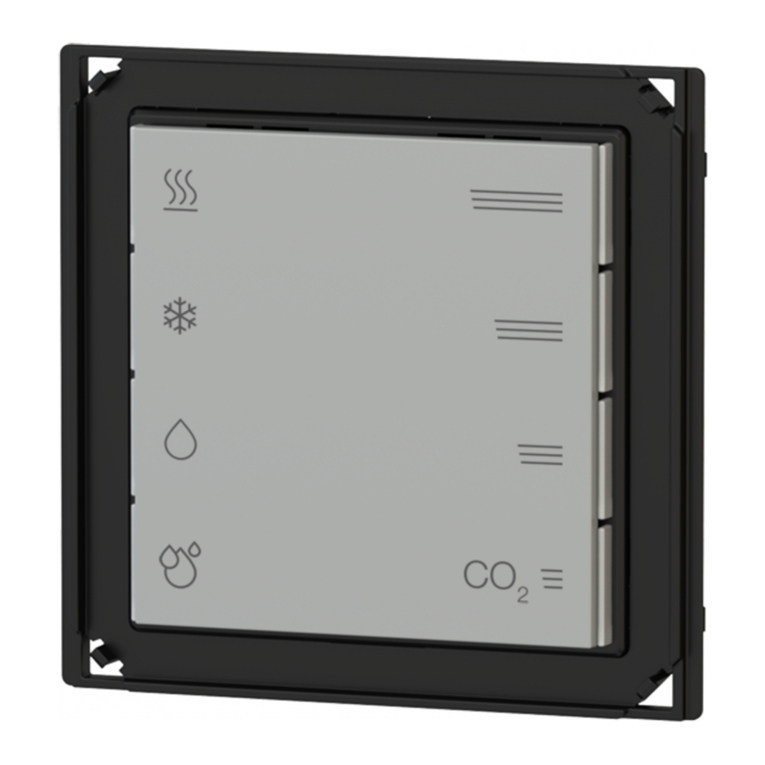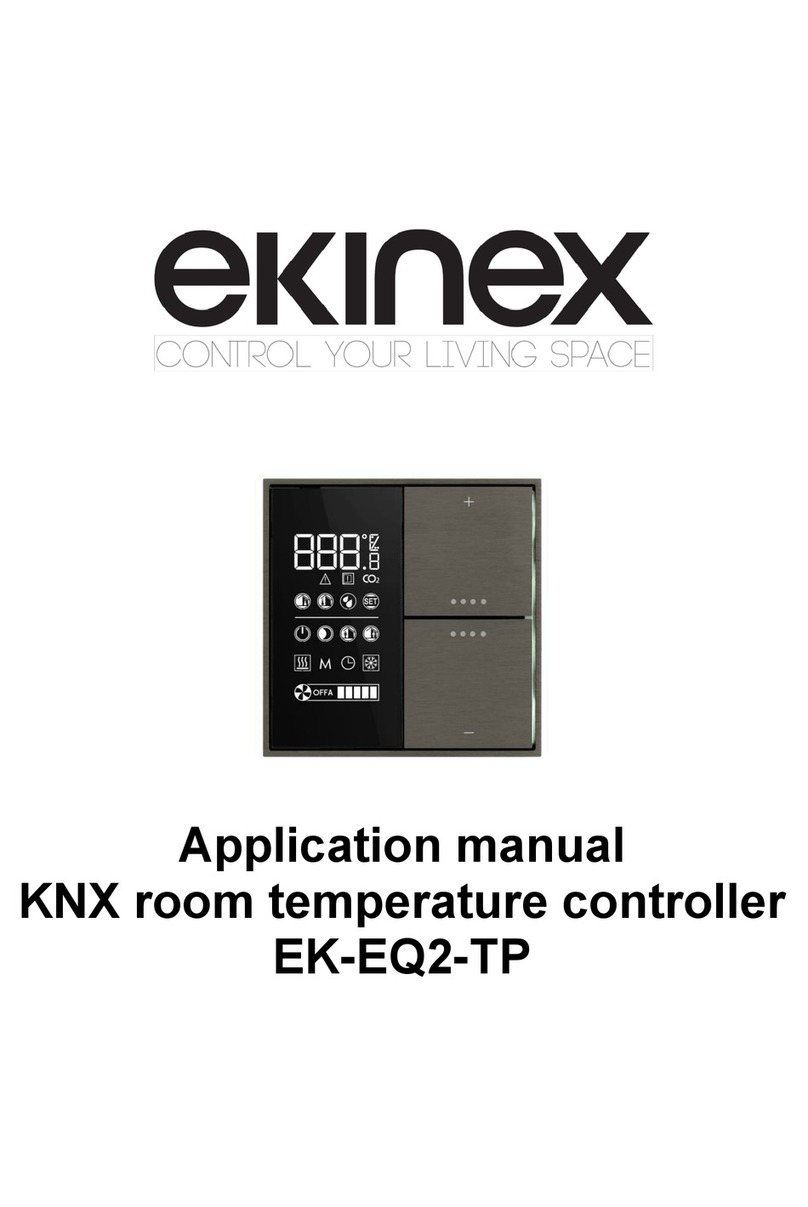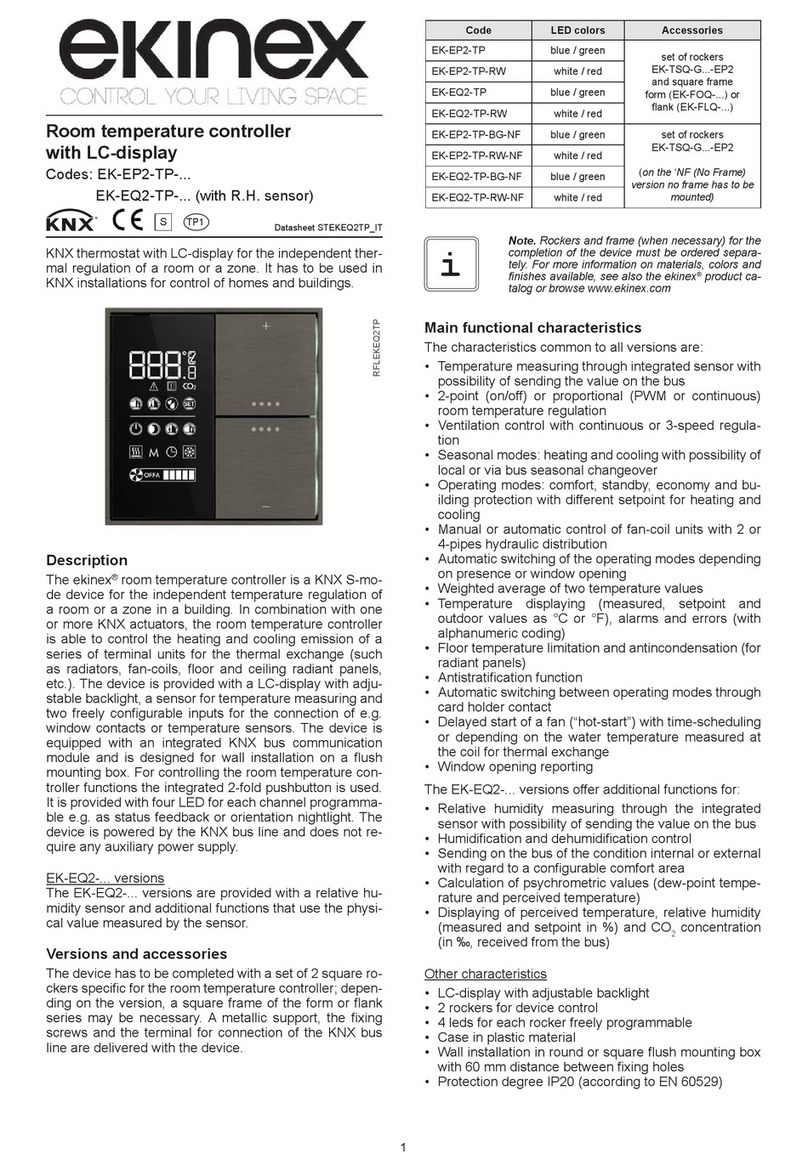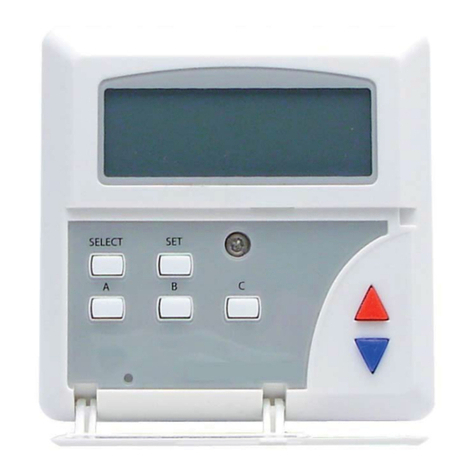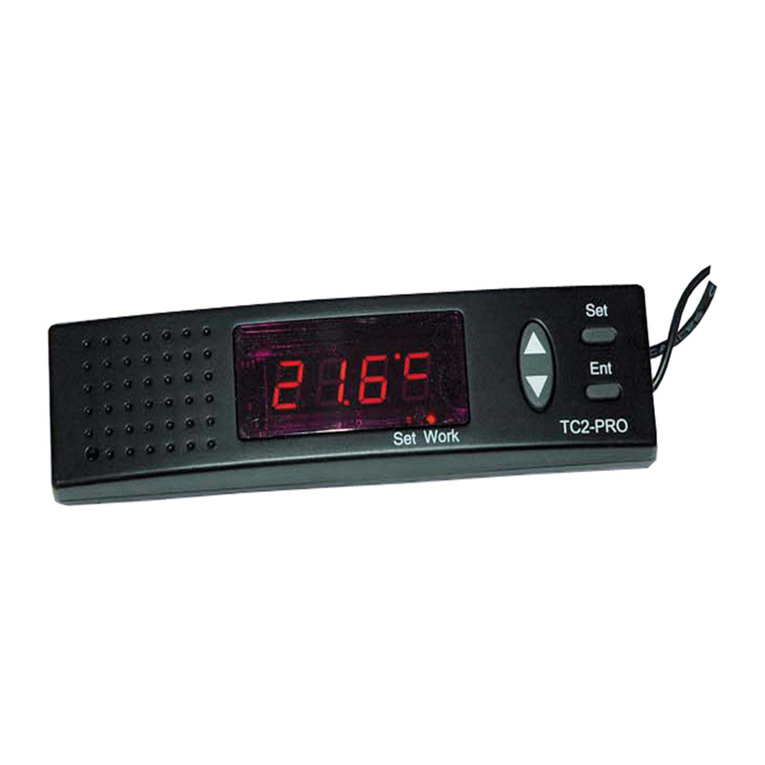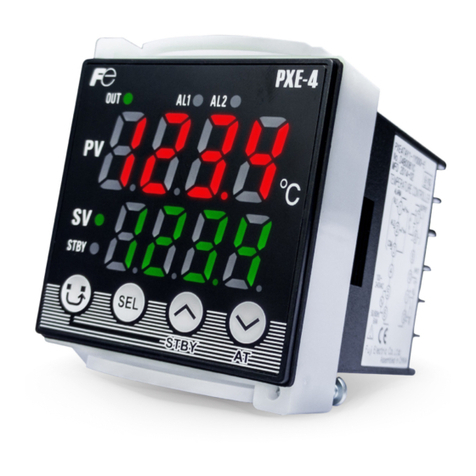
Application manual
KNX Room Temperature controller 71 series EK-E72-TP
Release 3.00 - Updating: 20/03/2017 Application Manual
© SBS S.p.A. - All rights reserved Page 2
Index
Foreword.............................................................................................................................................................6
1General information.......................................................................................................................................6
1.1 Function .................................................................................................................................................6
1.2 Main functional features.........................................................................................................................6
1.3 Technical data........................................................................................................................................7
1.4 Design....................................................................................................................................................7
1.5 Delivery..................................................................................................................................................8
1.6 Accessories............................................................................................................................................8
1.7 Marks and certification...........................................................................................................................8
2Installation......................................................................................................................................................9
2.1 Connection...........................................................................................................................................10
3Configuration and commissioning ...............................................................................................................11
3.1 Configuration........................................................................................................................................11
3.1.1 Tree structure of the application program ....................................................................................12
3.1.2 Languages of the application program.........................................................................................12
3.2 Commissioning ....................................................................................................................................13
3.2.1 Displaying physical address and firmware release......................................................................13
4User interface ..............................................................................................................................................15
4.1 LCD display..........................................................................................................................................15
4.1.1 Information displaying ..................................................................................................................15
4.1.2 Segment test................................................................................................................................17
4.1.3 Backlight.......................................................................................................................................17
5Temperature sensor.....................................................................................................................................18
6Input variables .............................................................................................................................................19
7Application program for ETS .......................................................................................................................20
7.1 About EK-E72-TP ................................................................................................................................21
7.2 General ................................................................................................................................................21
7.2.1 Parameter table............................................................................................................................21
7.2.2 Operating mode management .....................................................................................................23
7.3 Internal sensors ...................................................................................................................................24
7.3.1 Parameter and communication objects tables.............................................................................24
7.4 External sensors (from bus).................................................................................................................26
7.4.1 Parameter and communication object tables...............................................................................26
7.5 Weighted temperature value................................................................................................................30
7.5.1 Parameter and communication object tables...............................................................................30
7.6 LCD display..........................................................................................................................................31
7.6.1 Parameters...................................................................................................................................31
7.7 Leds intensity.......................................................................................................................................33
7.7.1 Parameter and communication object tables...............................................................................33


